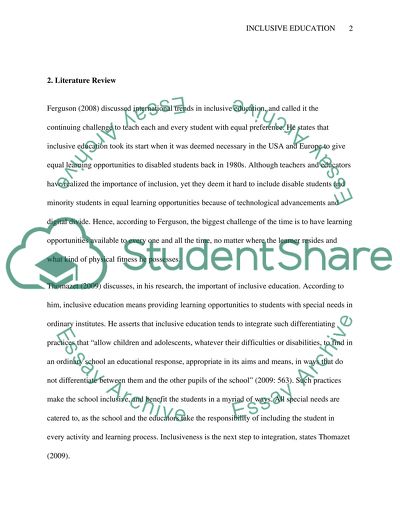Cite this document
(“Understanding Inclusive Education Essay Example | Topics and Well Written Essays - 3250 words”, n.d.)
Retrieved from https://studentshare.org/education/1496539-understanding-inclusive-education
Retrieved from https://studentshare.org/education/1496539-understanding-inclusive-education
(Understanding Inclusive Education Essay Example | Topics and Well Written Essays - 3250 Words)
https://studentshare.org/education/1496539-understanding-inclusive-education.
https://studentshare.org/education/1496539-understanding-inclusive-education.
“Understanding Inclusive Education Essay Example | Topics and Well Written Essays - 3250 Words”, n.d. https://studentshare.org/education/1496539-understanding-inclusive-education.


